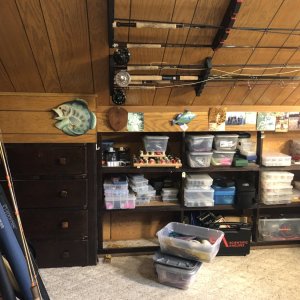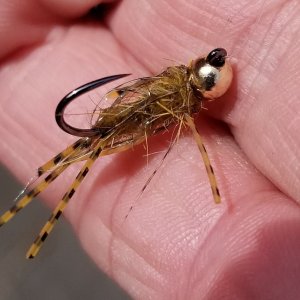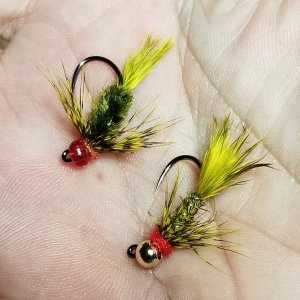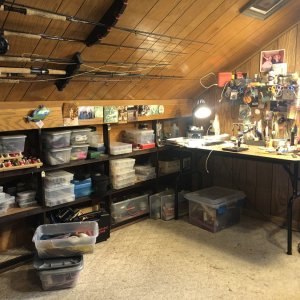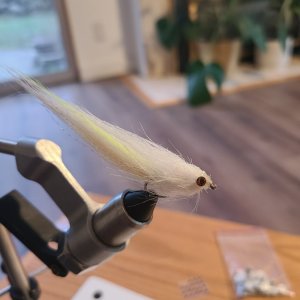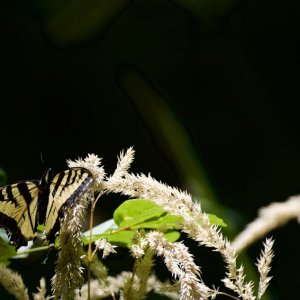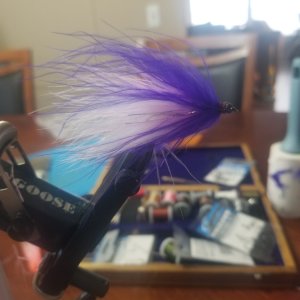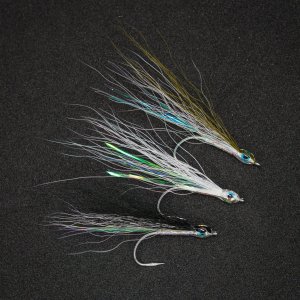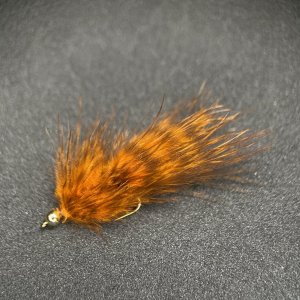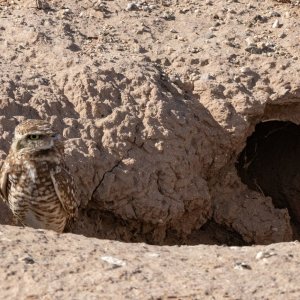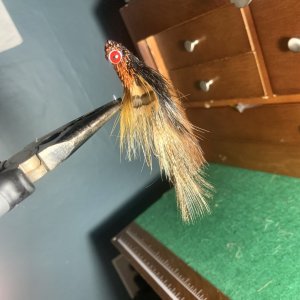For many of the last 10 years @Irafly and I have taken our kids on an annual camping trip in the central Washington coulee country. I’ve been visiting myself for over 20 years. It’s a unique landscape that really is at its best in early autumn. Besides the fish we saw mule deer, quail, peregrine falcons, and great blue herons. At night we saw bats and heard coyotes and owls. I told my 14 year old that he will always be welcome to join us on this annual trip even after he leaves home for other adventures.
The fishing was excellent this year. Trolling a leech on a fast sinking line was consistent all day. For pure numbers you wouldn’t need to do anything more. But the opportunities to work the margins and identify the ideal combinations of depth, structure, and vegetation to hold larger fish is what makes it worth coming back.
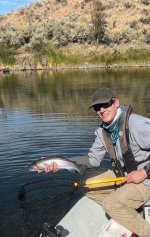
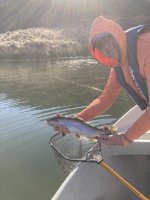
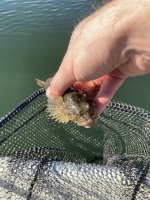
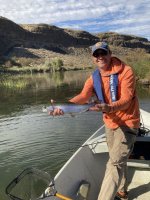
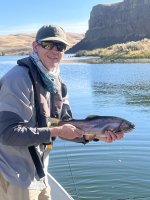
This year the kids were less interested in fishing but wanted a boat to cruise around in. That gave me and Ira more time to fish and we took full advantage.
The fishing was excellent this year. Trolling a leech on a fast sinking line was consistent all day. For pure numbers you wouldn’t need to do anything more. But the opportunities to work the margins and identify the ideal combinations of depth, structure, and vegetation to hold larger fish is what makes it worth coming back.





This year the kids were less interested in fishing but wanted a boat to cruise around in. That gave me and Ira more time to fish and we took full advantage.

